
GODS AND ROBOTS


Copyright 2018 by Adrienne Mayor
Requests for permission to reproduce material from this work
should be sent to permissions@press.princeton.edu
Published by Princeton University Press
41 William Street, Princeton, New Jersey 08540
6 Oxford Street, Woodstock, Oxfordshire OX20 1TR
press.princeton.edu
All Rights Reserved
Library of Congress Control Number: 2018938106
ISBN 978-0-691-18351-0
British Library Cataloging-in-Publication Data is available
Editorial: Rob Tempio and Matt Rohal
Production Editorial: Lauren Lepow
Text Design: Chris Ferrante
Jacket/Cover Design: Jason Alejandro
Production: Jacquie Poirier
Publicity: Julia Haav
This book has been composed in Adobe Text Pro, Abolition, and Refuel
Printed on acid-free paper.
Printed in the United States of America
1 3 5 7 9 10 8 6 4 2
for my brother
MARK MAYOR
I sometimes wonder
whether robots were invented
to answer philosophers questions
TIK-TOK
 CONTENTS
CONTENTS 

 ILLUSTRATIONS
ILLUSTRATIONS 

COLOR PLATES
FIGURES
 ACKNOWLEDGMENTS
ACKNOWLEDGMENTS 

INSPIRED IN PART by the eidetic images of the wicked robot Maria in the silent film Metropolis (1927) and the bronze android Talos in Jason and the Argonauts (1963), I started collecting ancient literary evidence for animated statues many years ago. I began to think seriously about how ancient Greek myths expressed ideas about artificial life in 2007, when I was asked to write a historical essay for the Biotechnique Exhibit catalogue, curated by Philip Ross at Yerba Buena Center for the Arts, San Francisco. My essays about Talos and Medeas experiments in rejuvenation appeared in the history of science website Wonders and Marvels in 2012. In 2016, the editors of Aeon invited me to write an essay about the modern relevance of classical Greek myths about biotechne, life by craft. I presented a preview of this book in a public lecture at the Art Institute of Chicago on March 18, 2017, The Robot and the Witch: The Ancient Greek Quest for Artificial Life.
Many friends and colleagues read and commented on drafts of chapters at various stages. Im especially grateful to my dear readers Marcia Ober, Michelle Maskiell, Norton Wise, and Josiah Ober for their close attention and valuable suggestions for revisions. Many others shared expertise and knowledge of ancient texts, images, ideas, and sources. My thanks to Linda Albritton, Laura Ambrosini, Theo Antikas, Ziyaad Bhorat, Larissa Bonfante, Erin Brady, Signe Cohen, John Colarusso, Sam Crow, Eric Csapo, Nick D., Armand DAngour, Nancy de Grummond, Bob Durrett, Thalassa Farkas, Deborah Gordon, Ulf Hansson, Sam Haselby, Steven Hess, Fran Keeling, Paul Keyser, Teun Koetsier, Ingrid Krauskopf, Kenneth Lapatin, Patrick Lin, Claire Lyons, Ruel Macaraeg, Ingvar Maehle, Justin Mansfield, Richard Martin, David Meadows, Vasiliki Misailidou-Despotidou, John Oakley, Walter Penrose, David Saunders, Sage Adrienne Smith, Jeffrey Spier, Jean Turfa, Claudia Wagner, Michelle Wang, and Susan Wood. Im grateful to Carlo Canna for his essential help in obtaining images from Italian museums and to Gabriella Tassinari for her generous discussions of Etruscan gems. Thanks to Margaret Levi, the Berggruen Institute, and the Center for Advanced Study in the Behavioral Sciences, Stanford, for supporting my research September 2018May 2019. Sincere gratitude is due to my excellent agents Sandy Dijkstra and Andrea Cavallaro. At Princeton University Press, Im indebted to the anonymous readers for thoughtful critiques, to Dimitri Karetnikov for help with illustrations, to Jason Alejandro and Chris Ferrante for design, and to the nimble copyediting of Lauren Lepow. Thanks to Dave Luljak for indexing. I have benefited, as always, from the insights and enthusiasm of my editor Rob Tempio.
Im fortunate to be able to call on my sister, Michele Angel, for amazing artistic skills and technical advice about illustrations. Barbara Mayor, my mom, is a proofreading marvel. Im lucky to have such a wonderful brother, Mark MayorI know he remembers how much we enjoyed watching the movie Jason and the Argonauts together. Most of all, Im forever thankful for Josh, esteemed companion of my heart and mind, and a truly good man.
 INTRODUCTION
INTRODUCTION 

MADE, NOT BORN
WHO FIRST IMAGINED the concepts of robots, automata, human enhancements, and Artificial Intelligence? Historians tend to trace the idea of the automaton back to the medieval craftsmen who developed self-moving machines. But if we cast our nets back even further, more than two thousand years ago in fact, we will find a remarkable set of ideas and imaginings that arose in mythology, stories that envisioned ways of imitating, augmenting, and surpassing natural life by means of what might be termed biotechne, life through craft. In other words, we can discover the earliest inklings of what we now call biotechnology.
Long before the clockwork contraptions of the Middle Ages and the automata of early modern Europe, and even centuries before technological innovations of the Hellenistic period made sophisticated self-moving devices feasible, ideas about making artificial lifeand qualms about replicating naturewere explored in Greek myths. Beings that were made, not born appeared in tales about Jason and the Argonauts, the bronze robot Talos, the techno-witch Medea, the genius craftsman Daedalus, the fire-bringer Prometheus, and Pandora, the evil fembot created by Hephaestus, the god of invention. The myths represent the earliest expressions of the timeless impulse to create artificial life. These ancient science fictions show how the power of imagination allowed people, from the time of Homer to Aristotles day, to ponder how replicas of nature might be crafted. Ideas about creating artificial life were thinkable long before technology made such enterprises possible. The myths reinforce the notion that imagination is the spirit that unites myth and science. Notably, many of the automata and mechanical devices actually designed and fabricated in Greco-Roman antiquity recapitulate myths by illustrating and/or alluding to gods and heroes.
Next page
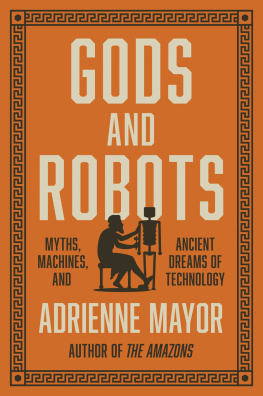
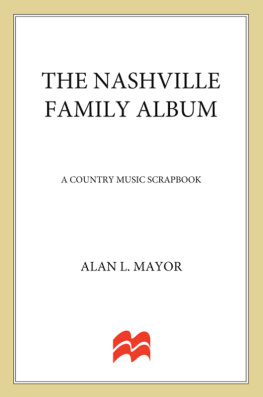

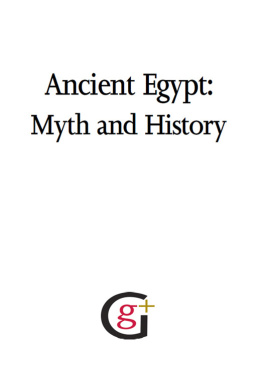
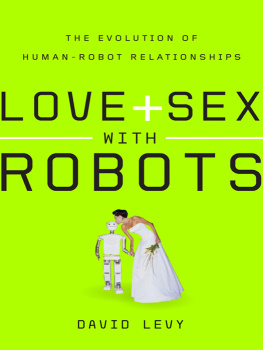

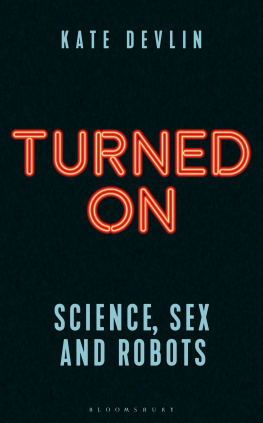
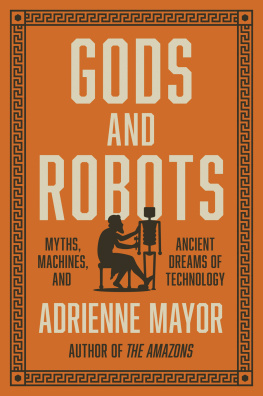
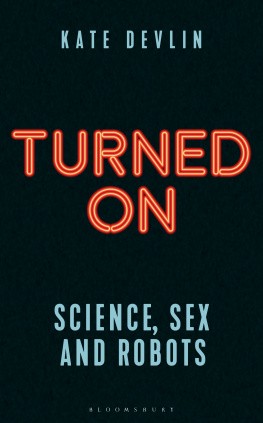
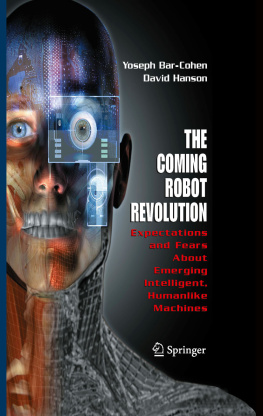
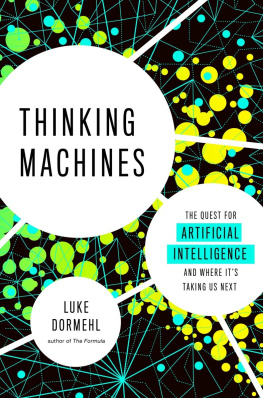



 CONTENTS
CONTENTS 
